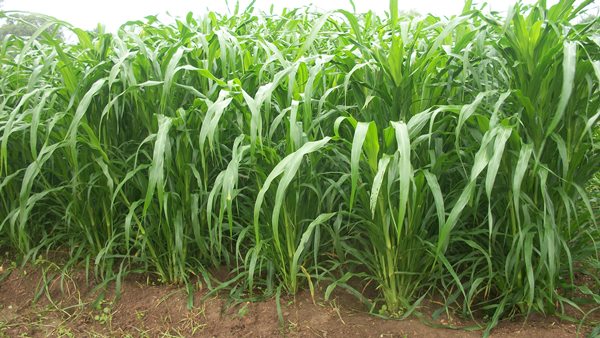General
Overview
This module covers the knowledge; skills and attitudes required to provide a balanced feeding to domestic animals by managing fodder crops and pasture in an optimum manner. It is intended for learners who have successfully completed ordinary level, level II in animal health or its equivalent, and pursuing TVET level III and related qualifications. Upon completion of this module, the trainee will be able to: Cultivate fodder crops, perform pasture layout and improvement and Manage pasture grazing

Learning Objectives
At the end of the module the learner will be able to:
- Cultivate fodder crops
- Perform pasture layout and improvement
- Manage pasture grazing
- Improve the nutritive value of crops residues and straws
